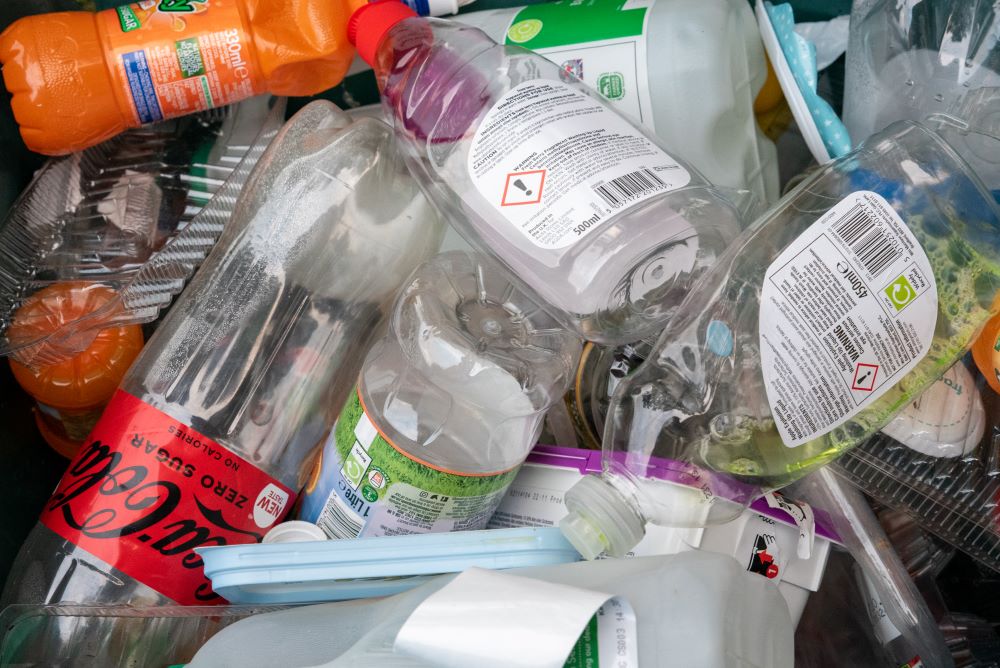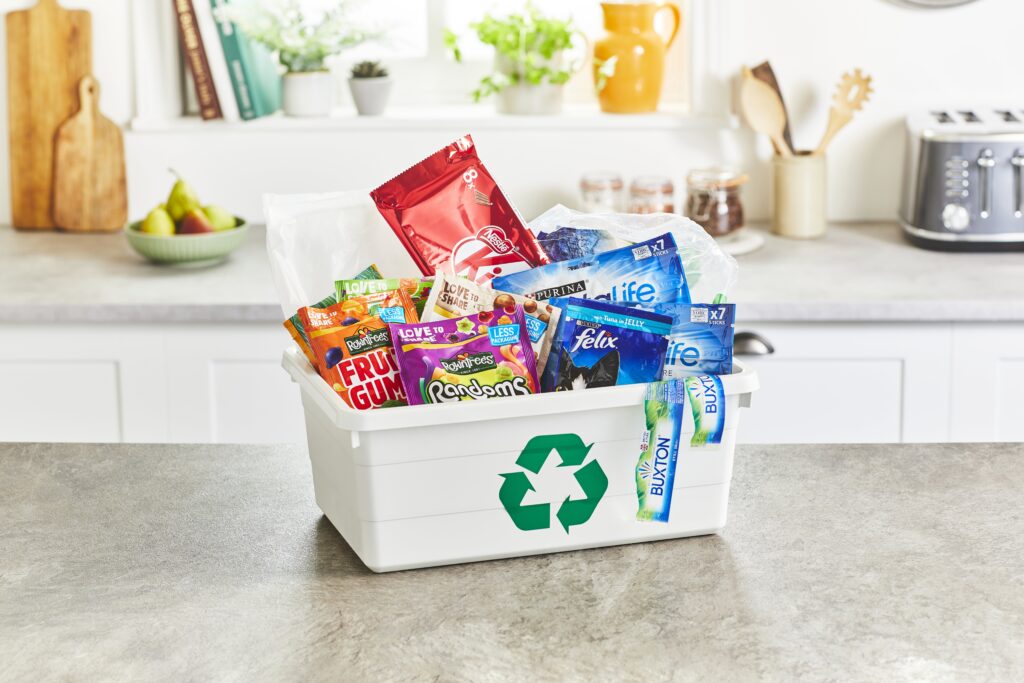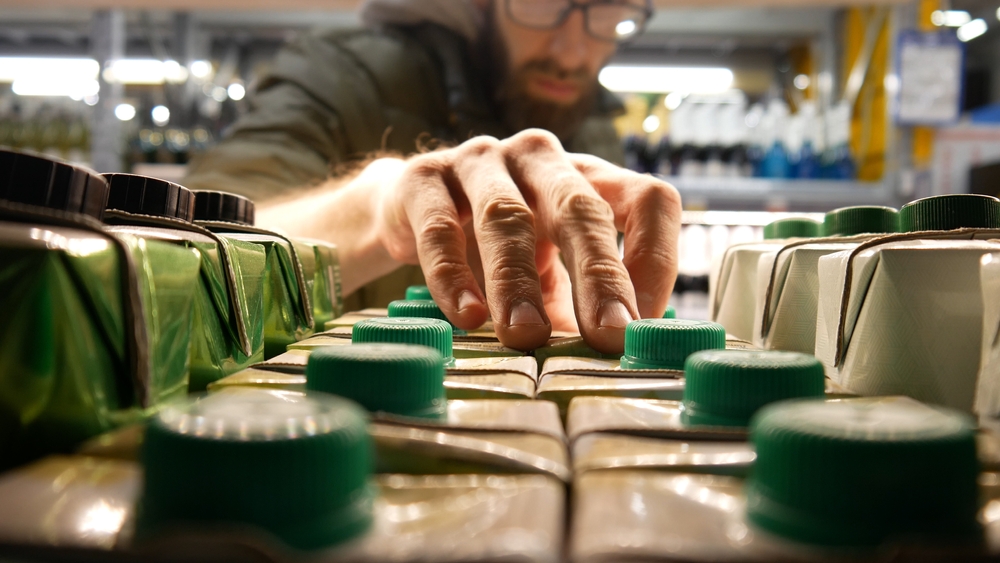Reprocessing figures for the first quarter of 2004 were released by Defra earlier this month, but analysts warned that the data was unrepresentative of the general rate for 2004 because of likely seasonal discrepancies (see letsrecycle.com story).
Reprocessors of packaging waste having been holding out for slightly higher prices for the packaging waste recovery notes (PRNs) they are issuing, insisting that the Q1 figures are not as comfortable as some compliance schemes would like to think.
For example, promising signs for glass, with a “high” reprocessing figure of 277,001 tonnes accepted for recovery in Q1 – have been countered by the realisation that the influence of Christmas makes the data unreliable as a guide to the rest of the year.
The desire for higher prices for PRNs comes in a market where one set of important statistics is still missing. The sector knows the Q1 reprocessing figures – the “supply” side of the PRN market – but still have no idea how much packaging waste producers will be obligated for this year – the “demand” side of the PRN market.
For the obligation data, the market has only Defra's “best guess” figures to go on. So while some estimation for the supply of PRNs can be ascertained, the market has little idea of the demand. Hence, there is a fear that prices for PRNs at the moment have been based on relatively shaky foundations.
Prices
While some compliance schemes are waiting for the dust to settle after the latest figures hit the market, the general feeling is that PRN prices have shifted upwards slightly on last year. Reprocessors in paper, plastics and wood have been asking for about 9 a tonne for PRNs.
For other materials – except energy recovery at 2 to 4 a tonne – prices are higher. While few aluminium PRNs are being traded at the moment – prices are in the early to mid-20s – many traders are now very interested in what will happen to steel PRNs. Some analysts have pointed to a drop in the expected performance for steel reprocessors, and some experts have revealed some concerns at the amount of steel cans being recorded as packaging.
John May, manager at Corus Steel Packaging Recycling, said: “These are tentative figures, but we are losing some steel packaging because it is not being recorded as packaging. It is still being recycled, but with the high price of scrap steel some steel cans are being included with other steel grades.”
Mr May said that two steel reprocessors in South Wales have not yet applied for accreditation to issue PRNs, which could also have an impact on the steel packaging reprocessing figures.
While steel PRNs are selling at about 12 to 16, some traders have warned of a significant price rise. Others pointed to the fact that the Q1 results are unlikely to be representative for the rest of the year, and while the market is likely to be tight this year, supply should meet the demand for steel PRNs.
In glass, while the Q1 data showed promising signs, the PRN market has shown a lack of confidence in the figures so far, with PRN prices in the 25 area moving towards 30 a tonne. Glass packaging traditionally has higher reprocessing levels in the first quarter of a year, because of the higher collections over the Christmas period.
Speaking to letsrecycle.com, British Glass said that it had some concerns that while the figures appeared to show a potential increase on last year's performance, it was not a big enough increase to hit the 2004 target.
Andy Hartley, directory of strategy and communications, said: “Quarter one is always a high period for glass reprocessing. It was a great year last year, but it was not the 125,000 tonne increase that we needed (to be on course to meet the 2008 target). We've had a great first quarter this year, but we still don't have what we need.”
British Glass is concerned that if the sector is not achieving what it needs, the PRN price will move higher than the “optimum” price of 25 a tonne.
Schemes
Meanwhile, leading compliance schemes have told letsrecycle.com the figures for Q1 are generally in line with expectations.
Continued on page 2










Subscribe for free